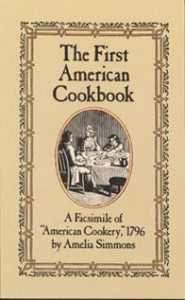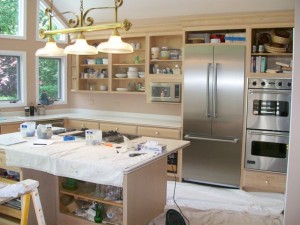I recently came across an interesting piece of paint memorabilia, which sheds light on an important chapter in the development of the painting industry. Did you know that, up to the early 1920’s, cars were painted by hand? With all the coats needed and the long dry times, the painting process of an auto took 38 days. A giant bottleneck like this must really have upset Mr. Ford! Can you imagine the size of the paint shop? The advent of nitro cellulose lacquer and the concurrent development of sprayers changed all that, forever.
Following World War 1, there were great surpluses of nitro cellulose, which was no longer needed for the production of explosives. There were also large supplies of butyl alcohol. By the late 1910’s, laboratories, which had become a permanent feature of the painting industry, began to experiment with combining those two elements and one day, “presto”, there was lacquer! The quick dry time of lacquers, combined with the development of sprayers, reduced the painting time of a car from 38 days to 8 days and eventually to 8 hours. That made Mr. Ford, very happy!
The development of lacquer had a dramatic impact on the productivity of the automotive industry and the overall welfare of Americans. It took a few more years for the painting industry to develop brushing versions of lacquers, which could be used in the house-painting field.
In addition to preserving surfaces, Painting In Partnership, from the Chicago area, also looks to preserve and bring to life the history of the painting industry in the United States.








 Follow
Follow



